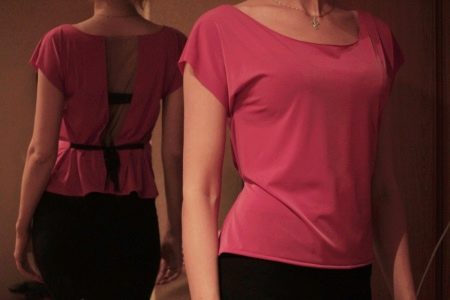Pattern and sewing of a blouse with a one-piece sleeve
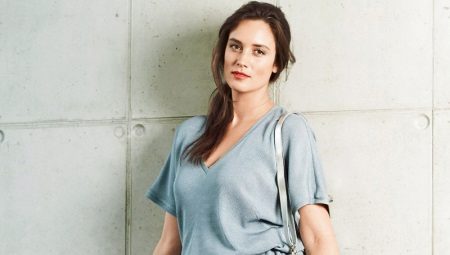
Blouses with one-piece sleeves are suitable for absolutely everyone, especially girls with full arms. They are suitable for any occasion, because they are sewn from various plain and colored fabrics.
The most popular are:
- Summer options with floral prints.
- Blouses for creating a business look.
- Knitted blouses for work and leisure.
Let's take a step-by-step look at sewing practical and cute models of blouses with one-piece sleeves.
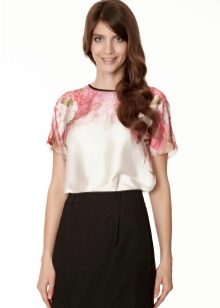
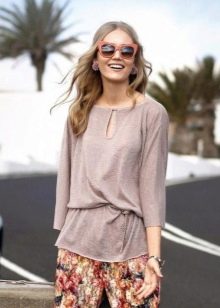
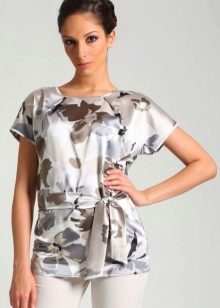

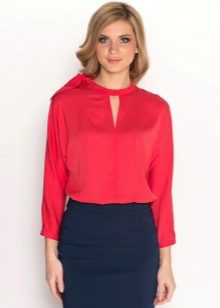
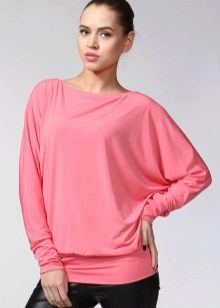
Choice of fabric
In order for the blouse to be worn for a long time, you must carefully choose the material from which you are going to sew:
- First of all, it is worth giving up colors that are out of harmony with your appearance.
- It is also important to determine for what event the blouse is intended, with what things from the wardrobe it can be combined, how practical the fabric is in care.
- An important point - people with little experience in cutting and sewing should not choose whimsical materials, such as velvet, chiffon, loose, with intricate patterns, sequins or embroidery.
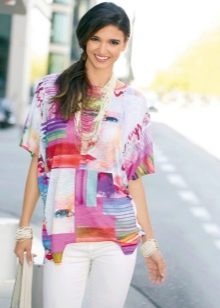
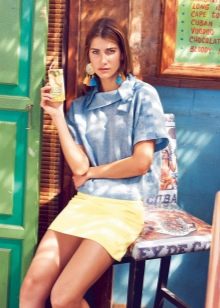
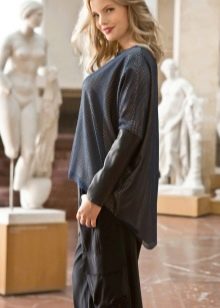
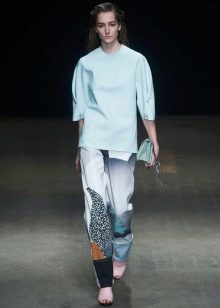

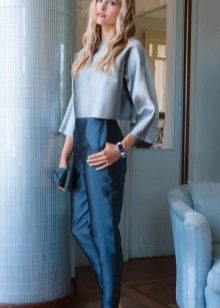
Decating fabric
If you have chosen a material made from natural fibers, then it should be seated before sewing. To do this, iron it with a warm iron through a damp cloth. Cutting can only be done after full material.
Forced shrinkage is needed so that the sewn blouse does not shrink during washing and remains of the desired size.

Taking measurements and pattern
The construction of patterns begins with taking measurements and establishing the size of the jacket. The main indicators are here:
- chest circumference. Measured at the most prominent points of the chest and shoulder blades. For construction, half the value is taken;
- length of the product.Determined on the back from the seventh cervical vertebra to the approximate lower edge;
- the length of the sleeve. From the junction of the forearm and shoulder.
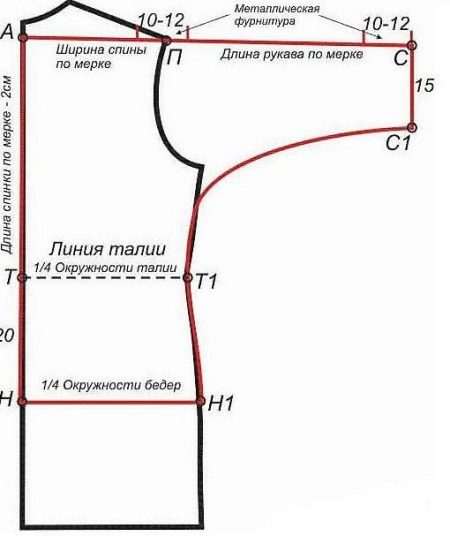
The figure shows the basic pattern for all models. People with elementary skills can initially draw it on a piece of paper, and after all measurements, transfer it to tracing paper or graph paper.
When constructing, one should not forget about allowances for freedom of movement. For thin, flowing materials - from 10 cm or more. For those who are tight or difficult to drape - no more than 10 cm. Standard shoulder bevel - 2-2.5 cm.
Seam allowances:
- along the neckline - 1 cm;
- at the bottom of the product - 4 cm;
- on the seams - 1.5 cm.
Excellent shoulder fit is a guarantee of a good fit. You can determine the correct shoulder line by a dress, shirt or blouse without shoulder pads. You need to put on and split the product on the sides, middle of the back and front so that it fits snugly on the body.
Then fasten the shoulder line with needles along as you will lay the line. Mark the point at the base of the neck and the point where the shoulder joins the arm. Focusing on the reflection, outline the contour of the neckline, cut off the excess around the circumference of the neck and along the contour of the shoulder. Leave the seam allowance only 1-1.5 cm along the shoulder, there is no need to leave it along the neckline - the winning shape of the cut will be better visible.
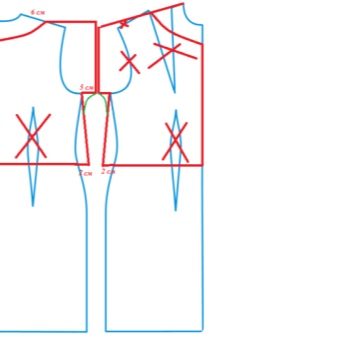
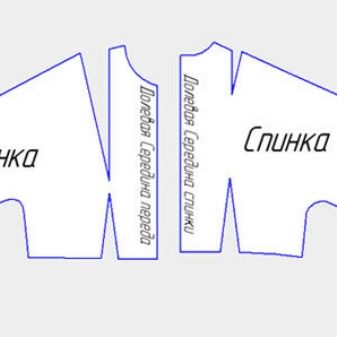
Modeling a blouse with a yoke
The blouse pattern is modeled in the following way:
- Looking at the reflection in the mirror, they determine the line of the yoke's location, measure its height.
- The position and dimensions are noted on a paper model and cut off according to the line.
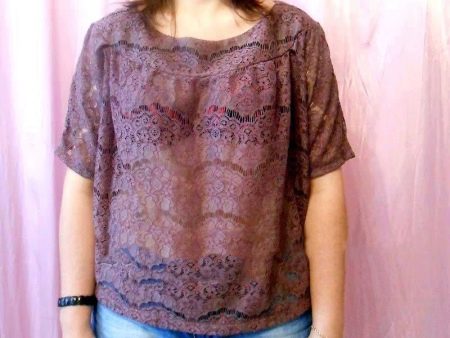
The yoke is used for cutting unchanged. Only over the entire length is added 1.5 cm, in the form of an allowance. The detail is cut out twice as it is stiffer than the rest of the blouse.
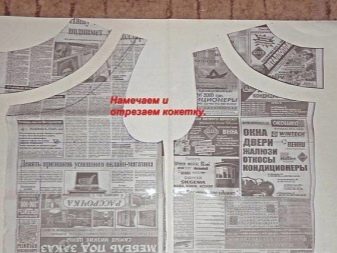
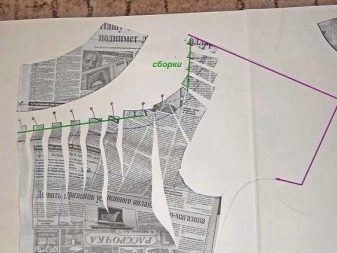
After separating the yoke from the main pattern, the contour is extended on a holistic pattern to increase the width of the parts and then fold or fold.
In the process of joining, a fitting is made and, if necessary, the distribution of surpluses is changed, which should be distributed equally, taking into account the characteristics of the figure. Coquette and gather together add femininity and softness to the look. For a slender girl, these details will add splendor, and for a full one they will hide the excess.
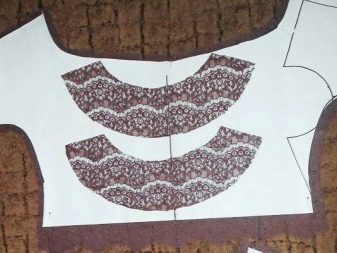
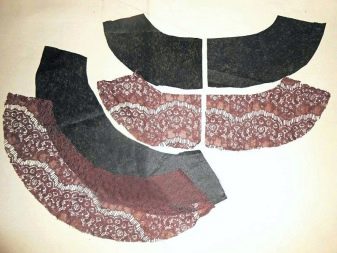
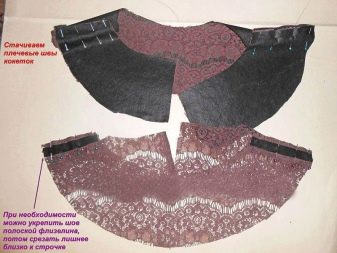
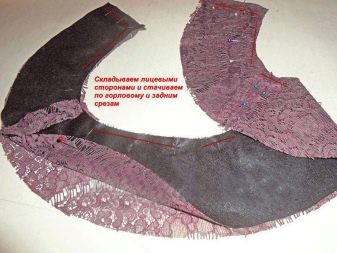
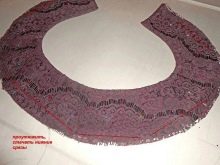
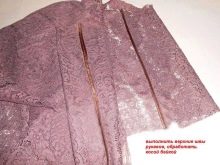

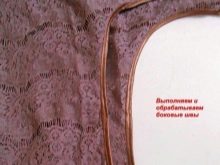
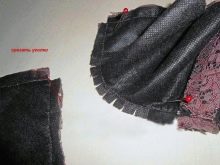

Gusset for a perfect fit
Our silhouette has one problem - the material under the armpit is under the greatest tension, and the seam allowances in the rounding places are ugly collected. If you make notches, then the probability of material rupture increases precisely in this place.
When sewing sweaters with long sleeves or large size, the risk increases several times. To loosen the tension, it is required to sew a gusset, that is, a small rhombus from the main fabric, into a difficult place.
When sewing in, the tops of the sharp corners are directed to the bottom of the blouse and sleeves, and the tops of the blunt ones are aligned with the corners of the merging of the front and back.
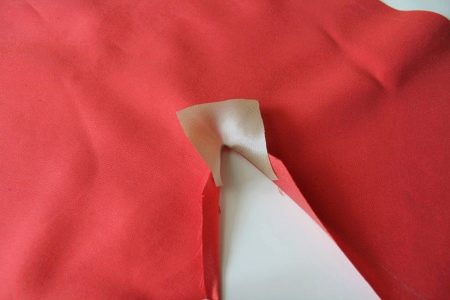
Sewing blouses
- If the lower part of the sleeves is hemmed with the same fabric, the minimum allowance is 3-4 cm; if it is processed with a facing, the allowance will be 1 cm.
- Before sewing, it is required to overcast the undercut of the sleeve on the front and back, so that the edges do not crumble.
- Then darts are made. After that, the back and front are connected with the outer sides inward and swept along the shoulder cuts and cuts of the sleeves. Connect the back to the front along the edge of the undercuts. From their end, the lower cuts of the front and back sleeves are cleaved and swept away.
- For the first fitting, the gusset can be skipped. When trying on, care should be taken that the seams of the sleeves and shoulders are not pushed forward or backward. After correcting all the shortcomings, they start sewing. Sewing side, shoulder, as well as upper and lower cuts of the sleeves. The seams are smoothed and swept.
- The gusset is sewn into the undercut only after the stitching and steaming of the seams. The edge of the gusset is folded with the undercut of the shelf and back with the front side inward. Sew in a rhombus from the side of the blouse so that the seam allowances in the corners are minimal to avoid wrinkles.For security in the corners, you can put a piece of cloth under the line. The gusset seam is laid out on both sides and ironed.

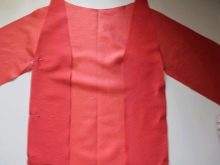
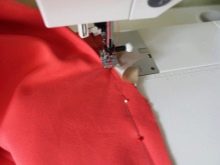
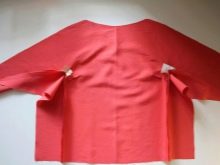
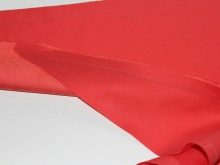
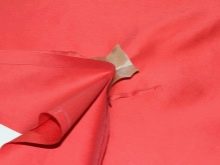
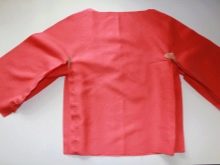
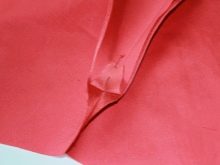
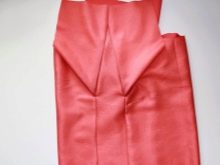
Blouse with insert on the back
The transparent insert on the back is easy to do. On the prepared pattern of the part, step back from the fold 3 or 5 centimeters at the bottom and top, then draw a line.
Cut the resulting strip and cut out the transparent insert. Cut out the front and two back pieces from the main fabric.
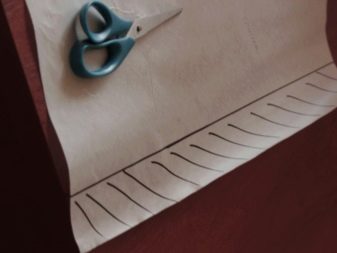
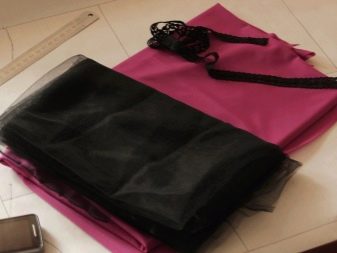
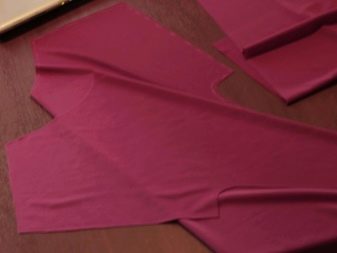
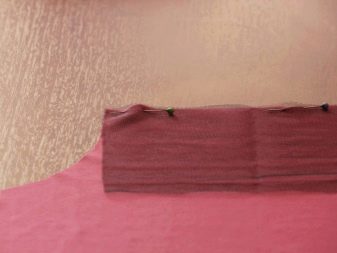
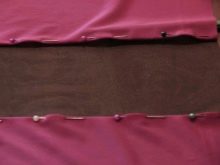

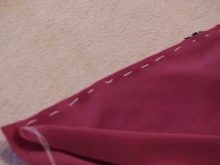
It remains to grind all the details.
